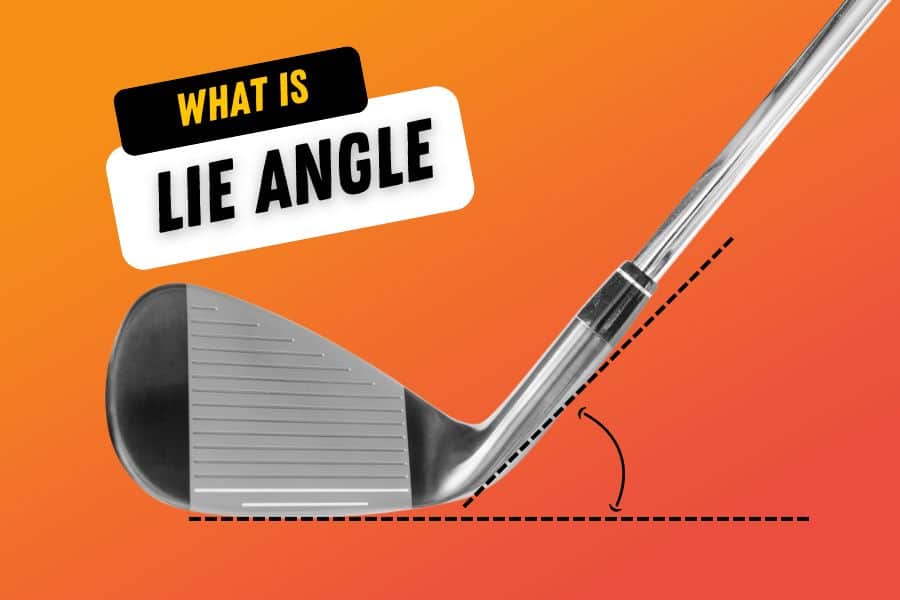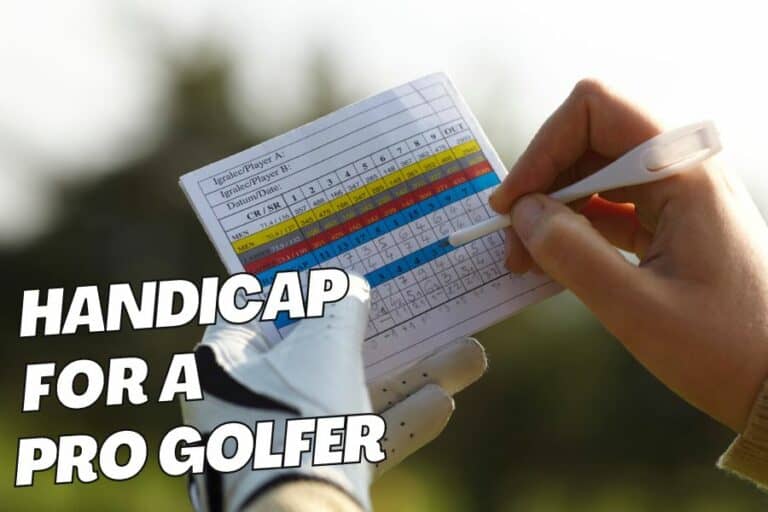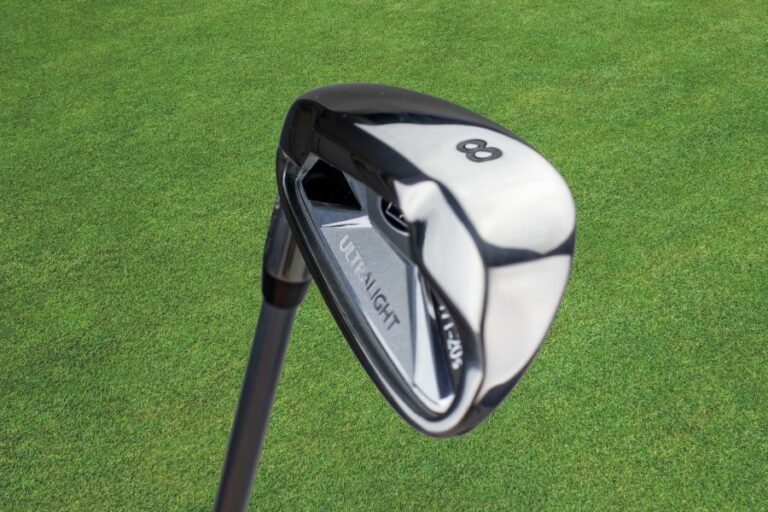Lie Angle: What Is It? And How Does It Matter

Golf is known as a game of precision and technicality. Not knowing concepts like “what is lie angle” can cost you a few strokes and, ultimately, your game.
Lie angle is mainly concerned with the alignment of golf clubs in relation to the ground.
Here is a thorough explanation that would help you understand the “lie angle” in order to get better at golf.
The basics: Lie angle defined
It is the angle formed between the straight line extending between the shaft of the golf club (from the back of the heel) and the ground line when the golf club is at the proper address position.
It is measured in degrees (0-90 degrees) from the perpendicular of a golf club’s shaft to its sole.
The loft, shaft length, and lie angle are the three main components determining how a golf club works.
Why does lie angle matter?
The lie angle of your clubs affects the direction in which the ball will travel once it has been hit.
To further emphasize this point, the appropriate lie angle is not necessarily relative to how your club head appears at address but rather how the sole of your club interacts with the ground upon impact.
Given below are the two different lie angles when the club does not go square to the ground:
1. Too upright lie angle
A lie angle higher than the standard is considered ” an upright angle.” If a standard 9-iron is around 64 degrees, a 9-iron with a 66-degree lie angle will be ” too upright.”
If the toe of the club is positioned too high above the ground, it is said to be ‘too upright.’
This causes the heel to hit the turf before anything else, abruptly closing up your club face and sending a shot leftward off course having a hooking shape.
2. Too flat lie angle
An angle lower than the standard lie angle is considered a flat one.
A “too flat ” club has its heel too high, which causes the toe to dig into the ground. This opens up the clubface, sending your golf ball off to the right side and having a fading shape.
If a standard 9-iron lie angle is around 64 degrees, a 9-iron with a 62-degree angle will be considered “too flat.”
Standard lie angles of different clubs
As mentioned above, your shots will result in a hook or a fade if you do not have the proper lie angle.
Moreover, if your lie angles have a mere one-degree variation, it can cause you to mishit the ball by up to 4 yards.
However, the precise angle of the lie for your golf clubs will depend on the brand and/or the model you pick.
Nonetheless, there are some general standards that manufacturers follow when it comes to the lie angle of their clubs.
Given below is the standard lie angle of the following clubs:
- Driver: 56- 60 degrees
- Irons: 60-64 degrees
- Wedges: 63-64 degrees
- Woods: 57-59 degrees
- Hybrids: 57-60 degrees
- Putters: around 70 degrees
Note: Remember, long clubs have flatter lie angles than shorter clubs.
Methods of determining your lie angle
To ensure you get the right lie angle that best fits your club, you should get it measured. Here are some of the aids that help you determine your lie angle:
1. Launch monitor
With certain launch monitors, you can have your club’s impact and lie angles checked. Typically, this is done during a custom fitting session with an expert technician at a certified facility. This will ensure that your clubs are tailored to enhance their performance and help improve the accuracy of your swing.
2. Lie board
To have your lie angles checked by this method, you would need to go to a professional fitter. They will then place the ball on a “lie board” and have a sticker on your club’s sole. You would then need to hit the ball in your normal playing position. When you hit the shot, the club causes an impact on the board, leaving a mark on the sticker. This mark will indicate if you need any lie angle adjustments.
3. Marker
To test by yourself, grab a golf ball and draw an easily visible straight line on it with a marker. Place the ball in front of you so that its vertical line is pointed toward your target – this way, when you make contact with the ball, it will leave an imprint on your club.
After a swing, it’s simple to inspect the lie angles of your clubhead. If the line on its sole points leftward, your lie angle is too flat; if it is rightward, it is too upright.
Tip: Regular checking of your clubs is as essential as getting them fitted at the right lie angle while buying a new set. Using the club over time can cause a bent lie angle and eventually affect your game.
Conclusion
Lie angle is an important factor when purchasing a new set of clubs. The incorrect lie angle can cause the golfer to have an inaccurate shot or for the ball to not travel as far as it should.
To ensure that you have the optimal lie angle for your clubs, consider seeking the help of a professional fitter. Doing so will ensure that your clubs are tailored for you and your game. This will go a long way in improving your score.








